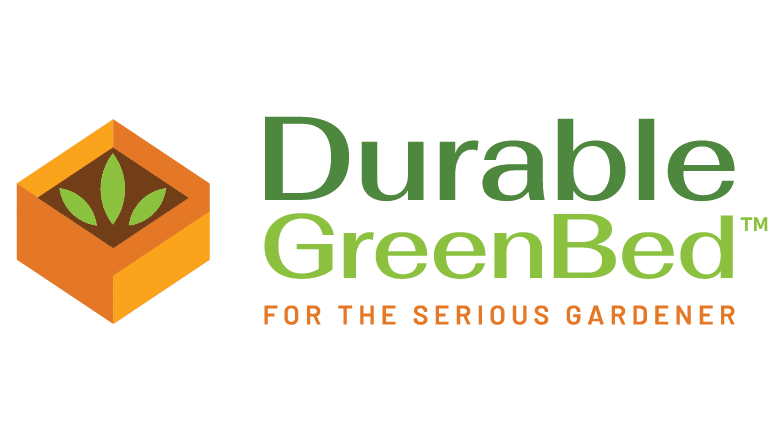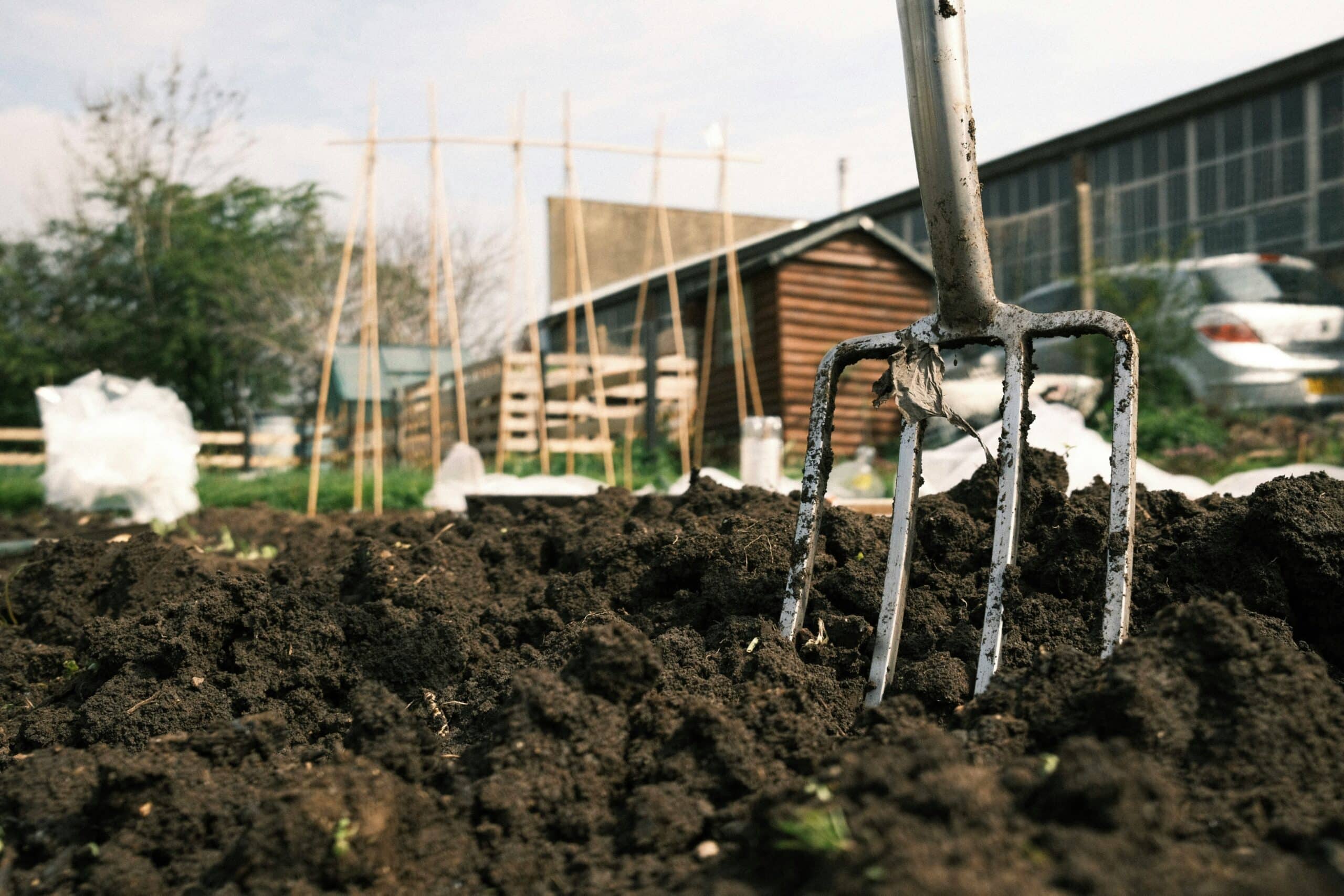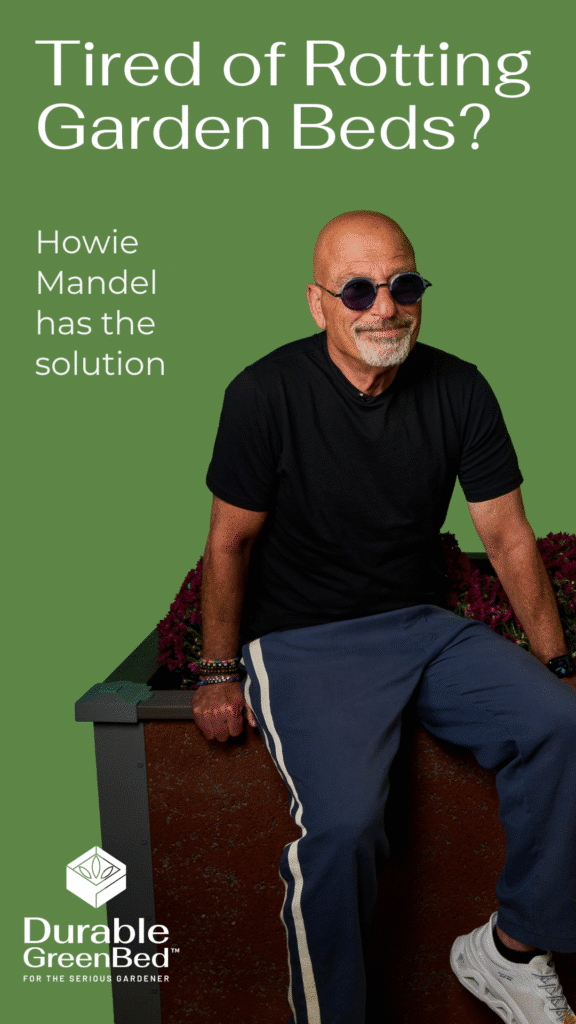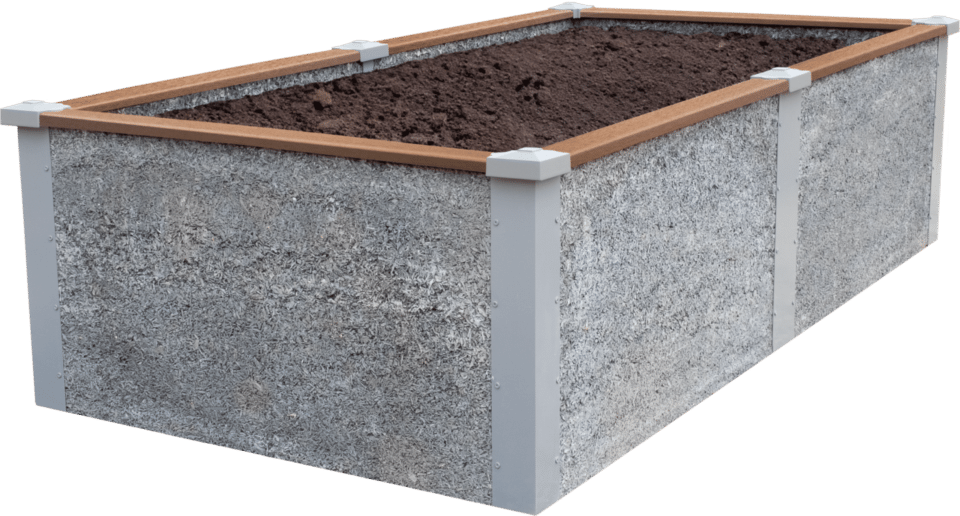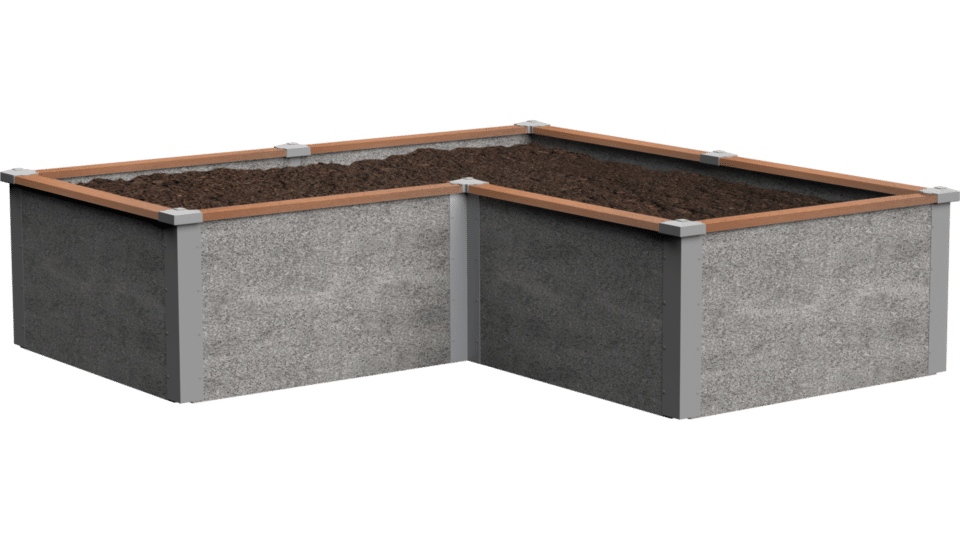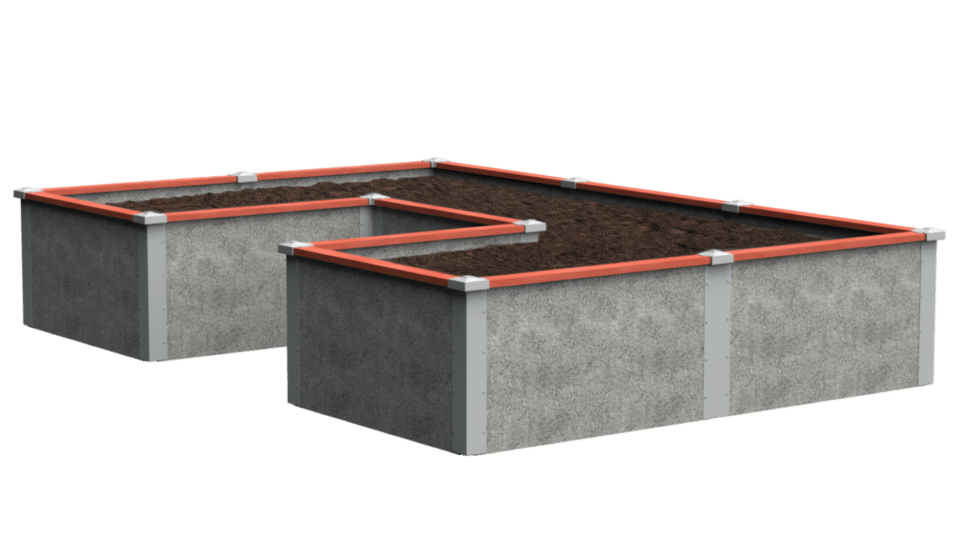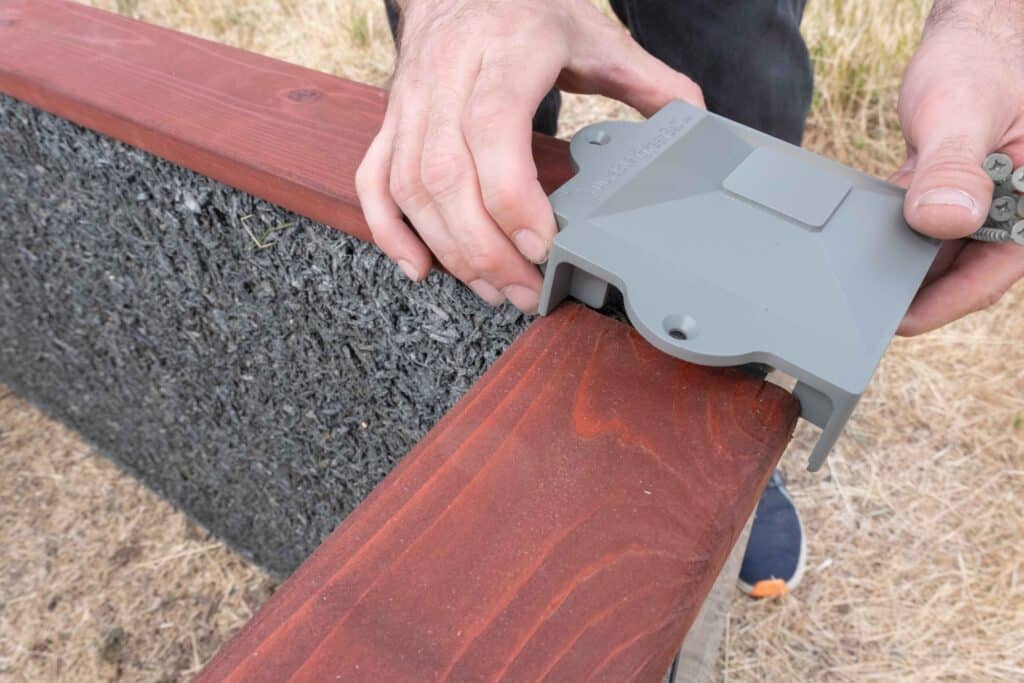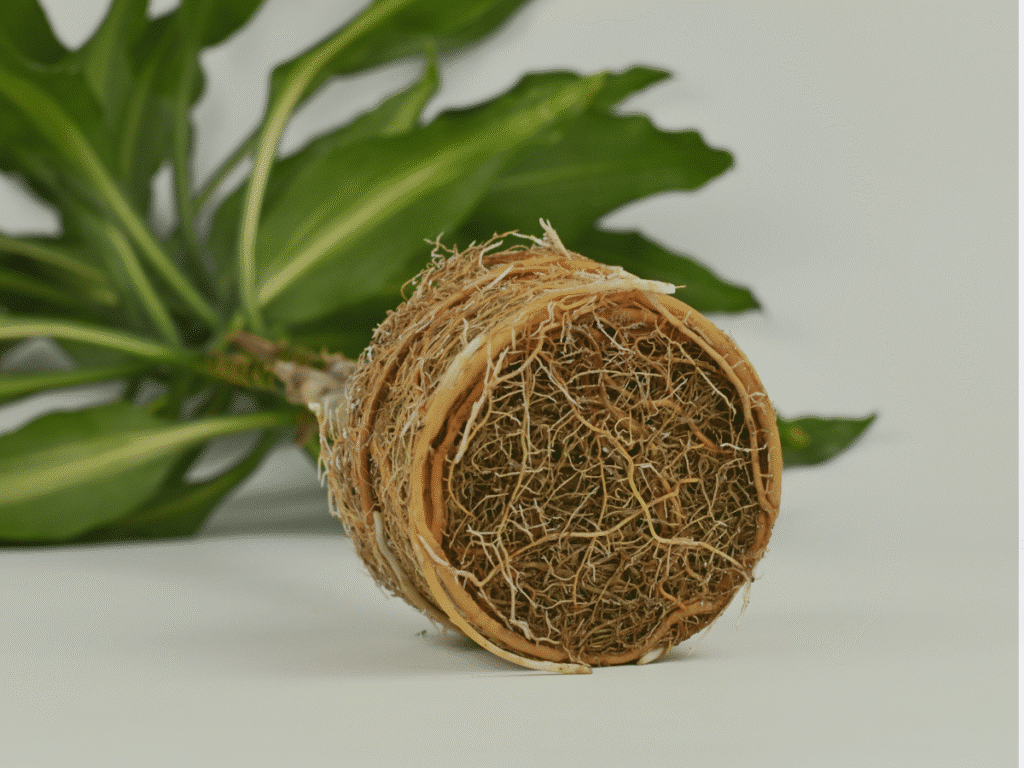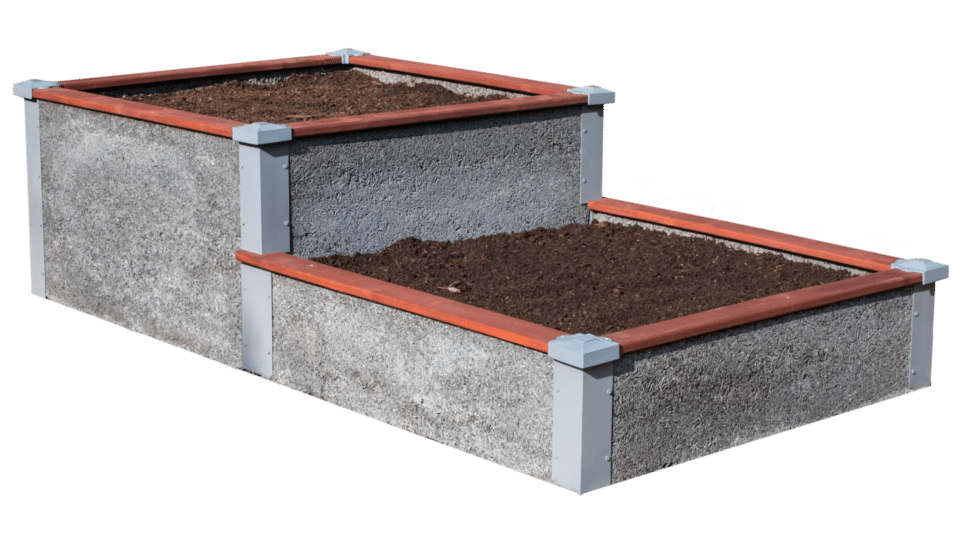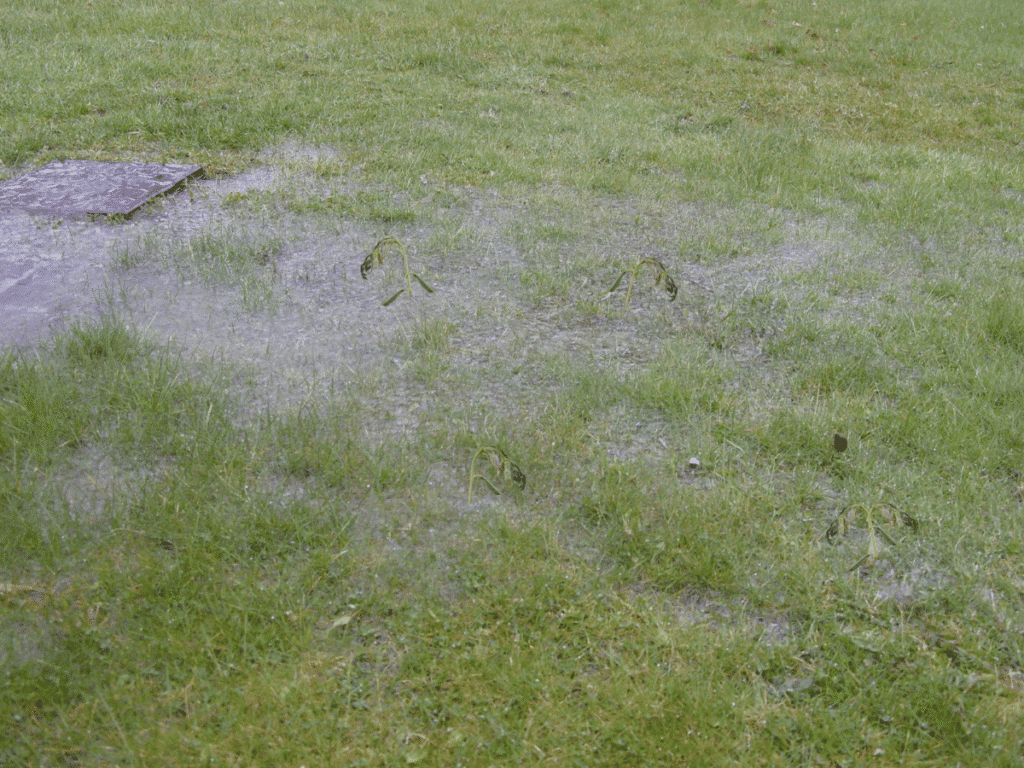
When tending to a home garden, many gardeners tend to overlook the crucial step of soil aeration. Ensuring soil can breathe is essential to maintaining a thriving home garden, as it fosters healthy soil conditions to nurture plants. If you’re dealing with gravelly dirt or dry, compacted soil, your plants might not sprout or grow as they should due to blocked airflow.
When considering which types of garden beds have optimal soil aeration, Durable GreenBeds stand out due to their specialized eco-friendly materials that are designed for breathability. That being said, there is much more to soil aeration than just the materials of your garden bed, so this blog post will serve as your comprehensive guide to soil aeration. Continue reading to learn what soil aeration is, soil aeration methods, what soil aeration does, how it helps your garden, when and how often you should aerate, signs that you have an airflow problem, and how to improve compacted garden soil.
What Does Aerating Soil Do?
When you aerate the soil in your garden, it improves the soil structure, making for an all-around healthier microbiome in your garden bed. Furthermore, the benefits of soil aeration include:
- Improved water drainage and infiltration
- Deeper root growth
- Protection against root rot and transplant shock
- Easier weeding
- Improved nutrient absorption
- A healthier ecosystem for plants
- Better water and nutrient uptake
- Less risk of diseases associated with compact soil
- Reduced soil compaction
How to Improve Dry-Compacted Soil
There are several soil aeration methods for effectively creating oxygen flow in soil. The best time to aerate soil is in the early to late spring or early summer, to prepare for the harvest season. Also, if possible, aerate when the soil is moist but pas soggy. Here are some of the best methods to try:
Manual Soil Aeration Methods:
- Garden Fork: Use a long-handle garden fork to create holes in the soil, carefully working around existing roots or plants to avoid breaking them. Forks work better than a garden spade because the long tines can penetrate the soil more deeply and cause less damage to roots.
- Chopstick: For smaller areas, gently loosen the soil around plant roots with a chopstick by poking it into the soil a few times. Don’t fiddle with the chopstick as you insert it, as it might break fragile root structures, but if you snap a few roots while you’re working, do not fret, as they will grow back. This method tends to work best with houseplants, potted plants, or smaller areas, but it also can work for smaller garden beds.
Other Soil Aeration Methods:
- Cover crops: Certain types of plants, which are called cover crops, have deep roots that loosen the soil as they grow and can break up compacted soil. Some of these plants include alfalfa, radishes, and turnips. The most effective cover crops are ones that are inedible, like grains, legumes, and broad leaves, but since cover crops are typically grown after the season for edible crops, they won’t take up space in your vegetable garden.
- Mulch: Applying a top layer of mulch a couple of inches thick to your garden can improve soil aeration. As it gradually decomposes over time, it enhances soil fertility and texture.
Additional Soil Maintenance Tips:
- Double digging: Double digging is a gardening technique that will improve soil health for years to come. Remove the topsoil layer, and once you break up the compact soil underneath, add fertilizer, compost, or other organic matter, such as compost, leaves, grass clippings, or manure, to create natural air holes in the soil.
- How Often Should You Aerate: If you can, try to aerate 1-2 times per week until the soil becomes loose and fluffy, and from there, aerate annually for a garden that will spring back to life each year
Signs your Soil Needs Aeration:
If you have been doing everything right in your garden – enough watering, sunlight, and nutrients – but your plants just don’t seem to take to your garden bed, there’s a good chance that your soil needs some attention. Here are some signs to look for in your soil and plants that your garden may need better airflow:
- Poor plant growth
- Soil is compacted and difficult to dig into
- Soil is cracked and crumbled
- Soil feels dry and is difficult to break apart in your hands
- Water puddles on the surface after watering
- Signs of poor water drainage such as browning leaves or odors coming from the plant
Ranking Types of Garden Beds for Aeration from Best to Worst:
Some garden bed materials are not as breathable as others, such as metal, and after working tirelessly to ensure your garden soil gets proper airflow, you’ll want to make sure the materials of your garden bed won’t throw away all that labor. Here is a ranking of the best garden bed materials when it comes to soil aeration:
- Durable GreenBeds: These garden beds, made from woodcrete composite using the patented Faswall® technology which is a mixture of concrete and wood, allow for maximum airflow year-round. Their unique construction and breathable panels are specially designed to allow your soil to breathe, making them the best option for raised garden beds
- Wood Beds: Garden beds made from wood are more breathable than other types, such as metal beds and plastic, depending on the build and design, but because the materials are entirely organic, they can weather and rot within a few years.
- Plastic beds: These kinds of beds can be designed with breathability in mind if they mimic wood bed styles with panels, but completely sealed plastic beds do not allow for any air transfer.
- Metal Beds: Typically, metal beds are the worst option. Since metal is not porous or breathable, planting in these types of garden beds can lead to waterlogging in addition to not providing breathability and air transfer.
Why Does Garden Bed Material Matter?
In this blog post, we covered the basics of soil aeration, why it is important to garden health, and some of the best methods to maintain soil with good airflow. By actively maintaining your garden’s soil, you are guaranteed to see a healthier garden and higher yields. Prevent all that hard work from going to waste and save yourself the effort of aerating more than is necessary by investing in a garden bed that promotes air circulation in your soil, like Durable GreenBeds. For more information about the pros and cons of different materials, view this side-by-side comparison of Durable GreenBed’s raised garden bed kits and wood garden beds here.
There's Nothing Like Durable GreenBeds
It's the Walls!™
- Respirant
- Well Draining
- Higher Yields
- Prevents Slugs and Pests
- Non toxique
- 20-25 Year Lifespan
Shop Durable GreenBed Kits
-
Rectangular Raised Garden Bed Kit
$471.00 – $2,085.00Plage de prix : $471.00 à $2,085.00 Sélectionnez les options Ce produit a plusieurs variantes. Les options peuvent être choisies sur la page du produit -
L-Shaped Raised Garden Bed Kit
$786.00 – $1,305.00Plage de prix : $786.00 à $1,305.00 Sélectionnez les options Ce produit a plusieurs variantes. Les options peuvent être choisies sur la page du produit -
U-Shaped Raised Garden Bed Kit
$1,199.00 – $2,446.00Plage de prix : $1,199.00 à $2,446.00 Sélectionnez les options Ce produit a plusieurs variantes. Les options peuvent être choisies sur la page du produit
Magasinez les ensembles de lits de jardin surélevés GreenBed durables
-
Rectangular Raised Garden Bed Kit
$471.00 – $2,085.00Plage de prix : $471.00 à $2,085.00 Sélectionnez les options Ce produit a plusieurs variantes. Les options peuvent être choisies sur la page du produit -
L-Shaped Raised Garden Bed Kit
$786.00 – $1,305.00Plage de prix : $786.00 à $1,305.00 Sélectionnez les options Ce produit a plusieurs variantes. Les options peuvent être choisies sur la page du produit -
U-Shaped Raised Garden Bed Kit
$1,199.00 – $2,446.00Plage de prix : $1,199.00 à $2,446.00 Sélectionnez les options Ce produit a plusieurs variantes. Les options peuvent être choisies sur la page du produit
